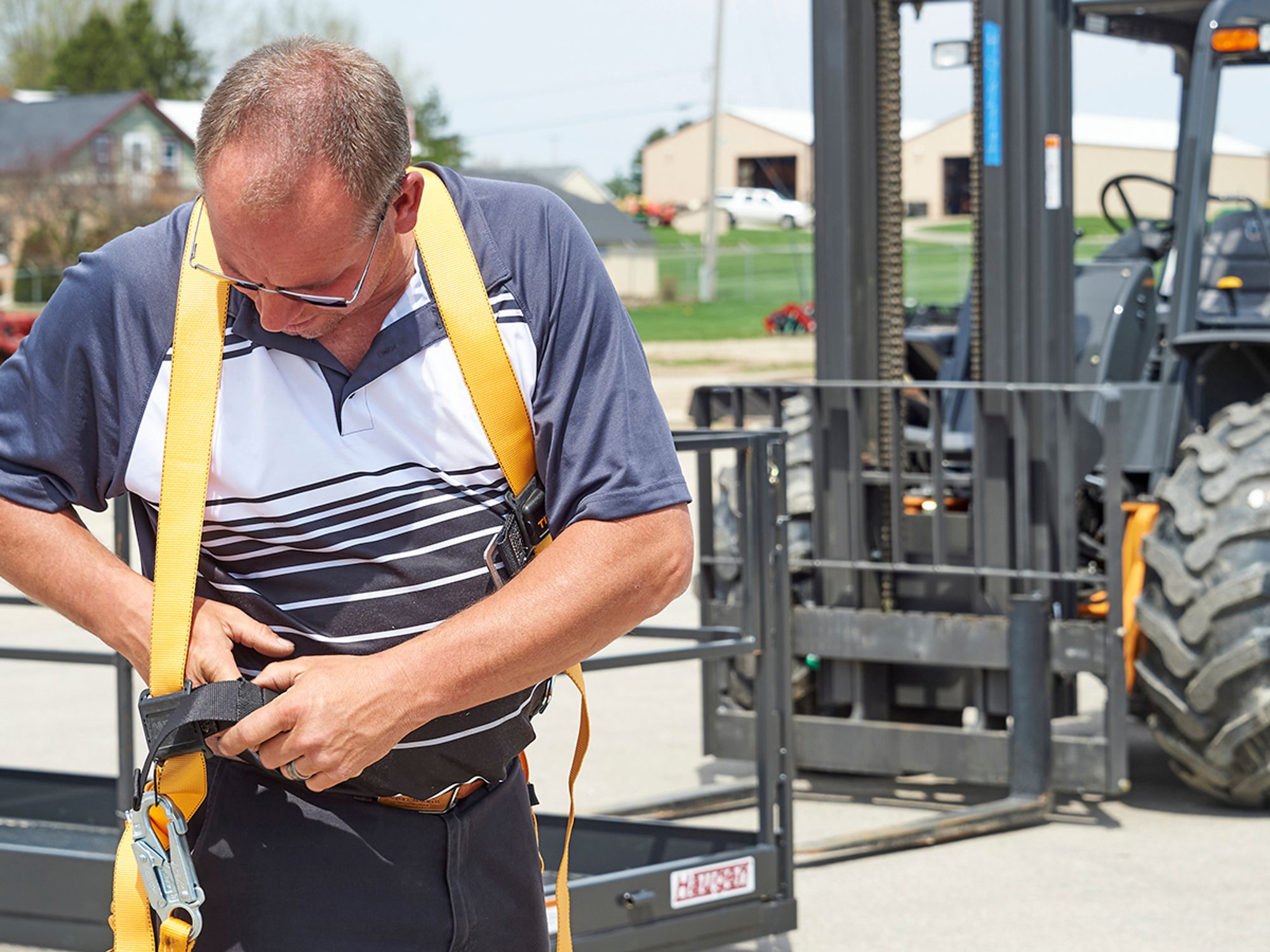Fall protection

A fall hazard is any condition on a walking-working surface that exposes an employee to a risk of a fall at the same level or to a lower level. The rules are divided based on industry category: General Industry and Construction.
For General Industry, the Occupational Safety and Health Administration (OSHA) threshold for fall protection is four feet. OSHA does not have a threshold when working over dangerous equipment, so fall protection would be required at less than four feet over dangerous equipment. Fall protection involves the elimination of fall hazards, the prevention of falls, control of falls, and falling object protection.
For Construction, OSHA requires fall protection when workers are working at heights of six feet or greater above a lower level. It applies at heights of less than six feet when working near dangerous equipment, for example, working over machinery with open drive belts, pulleys or gears, or open vats of degreasing agents or acid.
OSHA recognizes that accidents involving falls are generally complex events that may involve a variety of factors. Consequently, the standards for fall protection deal with both the human and equipment-related issues in protecting workers from fall hazards.
